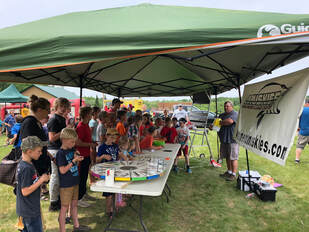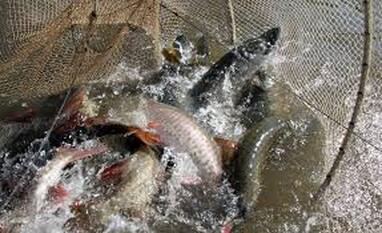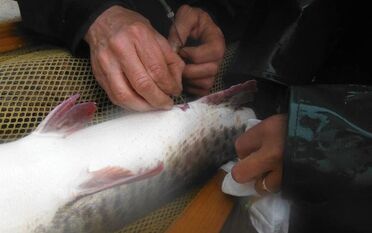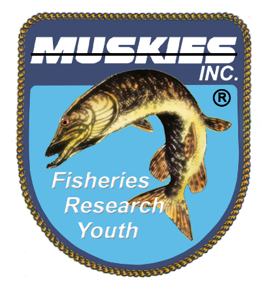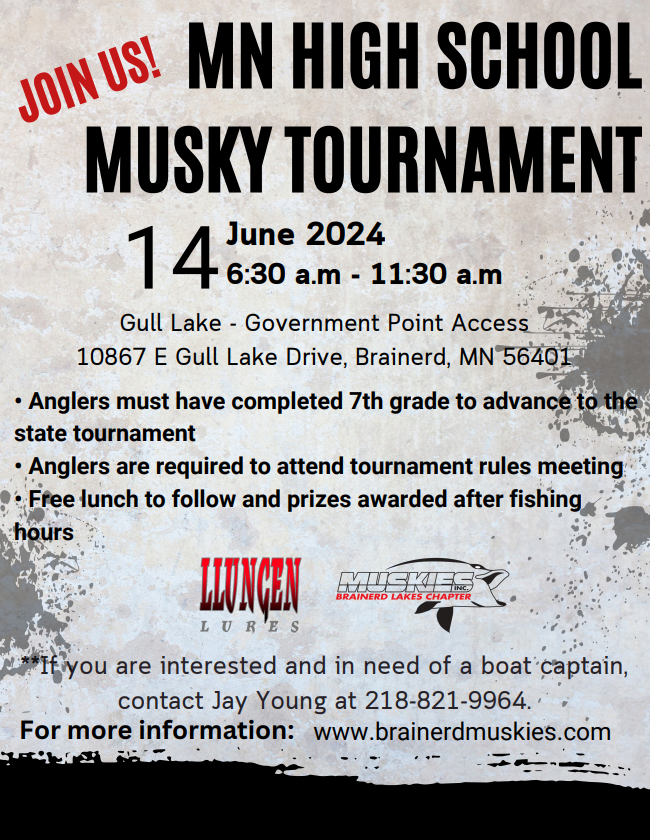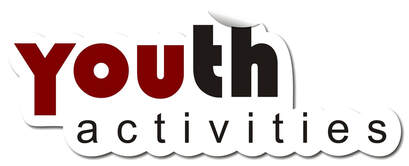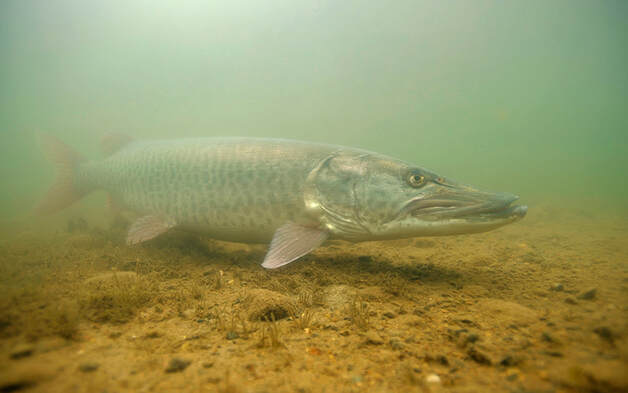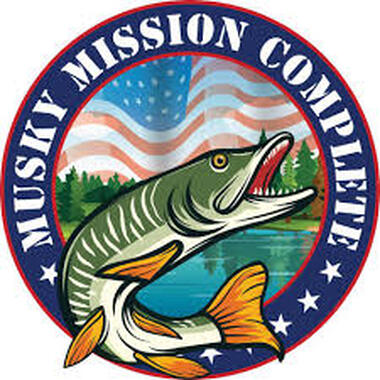** New Monthly Meeting location **
Monthly meetings are held at the Eagles Club 287 in Brainerd at 7:00 p.m., the second Tuesday of each month
August 13th Monthly Meeting - Youth Night
** Nisswa Community Center **
** Nisswa Community Center **
7pm - Eagles Club 287, Brainerd
Open to the public and FREE to attend
Open to the public and FREE to attend
Eagles Club 287, 124 Front St, Brainerd MN
2024 Calendar of Events
|
January
9 - Monthly Meeting - Guest Speaker - Ryley Hansen February 10 - Musky Road Rules - Nisswa American Legion - Saturday, 10 am 13 - Monthly Meeting - Rick Bruesewitz - Aitkin Area Fisheries Manager March 8 to 10 - Minnesota Muskie Expo - State Fairgrounds 12 - Monthly Meeting - Guest Speaker - Ryan Kelly - Lagoona Guide Service 23 - 20th Annual BLC Sportsman's Banquet April 9 - Monthly Meeting - Guest Speaker - John and Ashley Holmgren - Devoted Outdoors May 11 - Minnesota Fishing Opener 14 - Monthly Meeting - Lure Swap and Membership Drive June 1 - Minnesota Muskie Opener 8 - Brainerd Parks and Rec Youth Fishing Clinic 11 - Monthly Meeting - Lake Breakdown (outing discussion) and Lure Building 14 - High School Tournament - Gull Lake - Gov't Point Access - 6:30am to 11:30am 15 - Brainerd Lakes Youth Expo Everything Outdoors 23 - MHOTY Outing - Lake Bemidji - 7am to 3pm July 9 - Monthly Meeting - Boat Rigging 20 - MHOTY Outing - Virtual - 6am to 11pm August 6 - MHOTY Outing - Lake Roosevelt - 4pm to 9pm 11 - MHOTY Outing - Lake Pokegama - 7am to 3pm 13 - Monthly Meeting - Youth Night 21 to 23 - Gil Hamm Chapter Challunge - Lake of the Woods September 3 - MHOTY Outing - Cedar Lake - 4pm to 9pm 10 - Monthly Meeting - Guest Speaker - Ryley Hansen 14 - BLC Memorial Outing - Mantrap Lake - 7am to 5pm 21 - MHOTY Outing - Leech Lake - 7am to 3pm October 5 to 6 - Jeff Young Memorial Muskie Shootout Tournament 8 - Monthly Meeting - Guest Speaker - Jordan Stokes 12 - MHOTY Outing - Lake Waconia - 8am to 3pm 26 - MHOTY Outing - Lake Roosevelt - 8am to 4pm November 12 - Monthly Meeting - Guest Speaker - Isaiah Hahn - You Bet! Fishing Guide Service December 10 - Monthly Meeting - Holiday Party/Chapter Elections |
PURPOSE STATEMENT We exist to further the purposes of Muskies, Inc. which are to:
|
BLC Latest News
We will post here links, new info or Chapter news to keep you up to date
We will post here links, new info or Chapter news to keep you up to date
|
BLC Members Cleaning Up Accesses
We encourage everyone to visit a public access and do a little clean up. As anglers and users of the accesses, it is our responsibility to help make sure our accesses debris free. See trash.. pick it up. A few BLC members have been out doing just that. Thank you and keep up the good work! |
|


